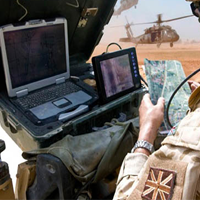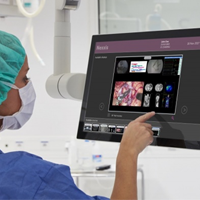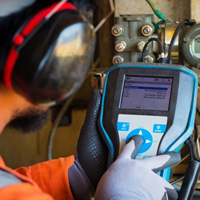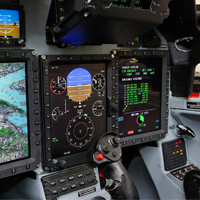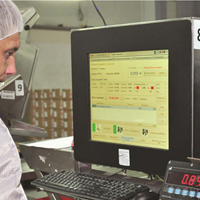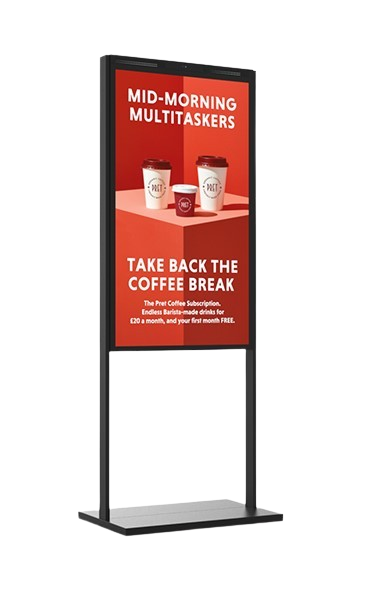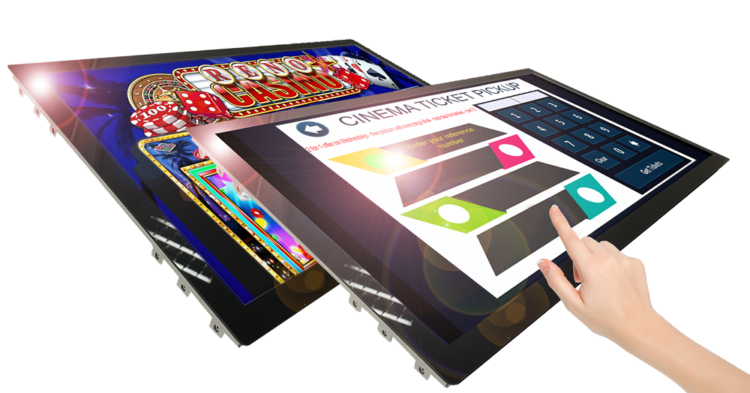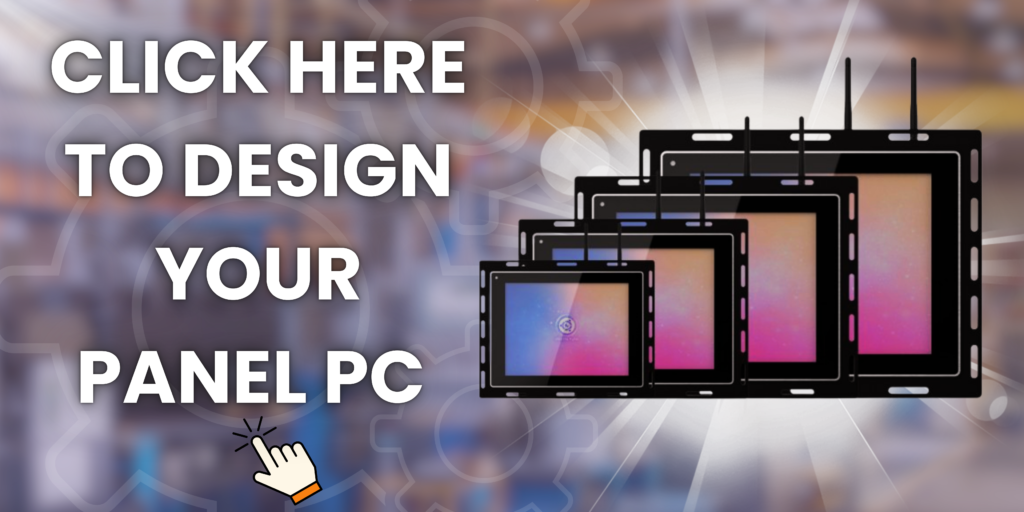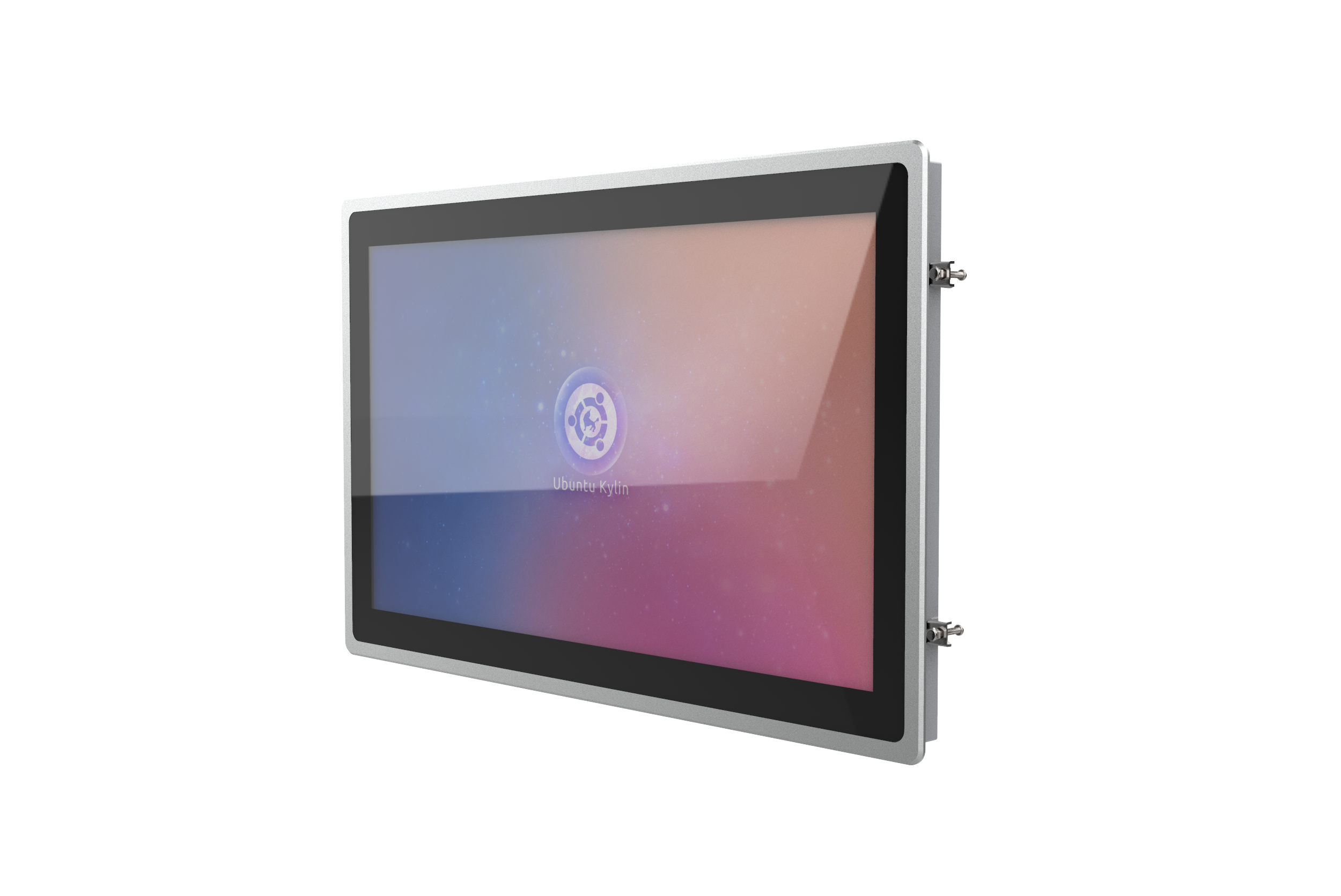With traditional menu boards being sold to the Quick Serve Restaurant (QSR) market for more than 30 years and digital menu boards more than 10 years. My experience has been that it is more difficult to sell digital menu boards. Although some of that difficulty is due to digital boards being a new emerging product that has taken several years to be fully developed, there are other reasons. Following are some of the difficulties I have experienced:
1. The process of selling digital menu boards must involve several departments, whereas selling traditional boards usually involves only one or two. Digital menu boards require involvement from marketing, merchandising, IT, operations, engineering, finance and top management. The proper use of digital boards requires such a major change in the overall operation of the organization, all these departments should be involved at some point in the process.
2. Marketing or merchandising would normally be leading the process, but when you discuss all the benefits of digital boards with them they may only be concerned with how it affects their department. As an example, they may not be interested in labor and energy savings or ease of operation, but other departments would. Selling to all the departments involved and controlling the process becomes a major task. The smaller the chain is, the easier this is because there are fewer people involved in the process.
3. Menu boards are critically important to any QSR. They can’t operate without it. Think about what can go wrong with a traditional menu board; pretty much nothing. They won’t ever just go out. Whatever does happen, the operators know they can patch it up or repair it themselves with no down time. Digital menu boards are different. Operators worry about what they do when a digital board goes down or they lose their Internet connection. These concerns are valid and have to be addressed during the selling process. You have to answer the questions, “What happens when a board goes down?” and “How long will it take to get it back on line?” There are solutions to all these concerns, but they need to be addressed up front and a plan put in place. One important feature of the software is sending out alerts when something is wrong or about to go wrong. The software can also be used to spread all the content over the remaining screens when one screen goes out. Redundancy in the system is important.
4. Another concern is longevity. How long will digital menu boards last? QSR operators are used to traditional menu boards lasting as long as 15 years, even though they may change them out long before then. However, that’s the number they use to compare digital boards. This concern has to be addressed in the selling process. This and item number 3 can be resolved with a good warranty and backup service plan.
5. Another concern is the cost of digital menu boards. Even though there are savings in some areas, the original equipment cost is about double that of traditional boards. That means the ROI on the extra cost has to be addressed. The question “Why should I pay more?” has to be answered.
I believe the ROI on digital menu boards make them a great investment as many QSR chains are learning, but you still need to provide the evidence. At some point this will be common knowledge, and this step will not be as critical.
For more information on Digital Menu boards please contact: bartram@crystal-display.com

